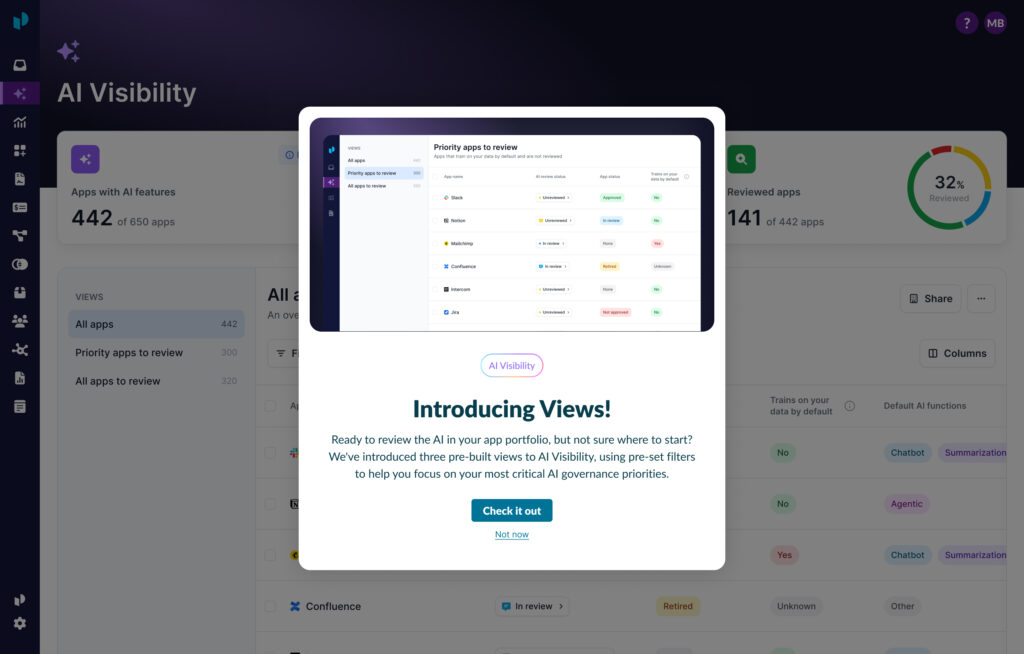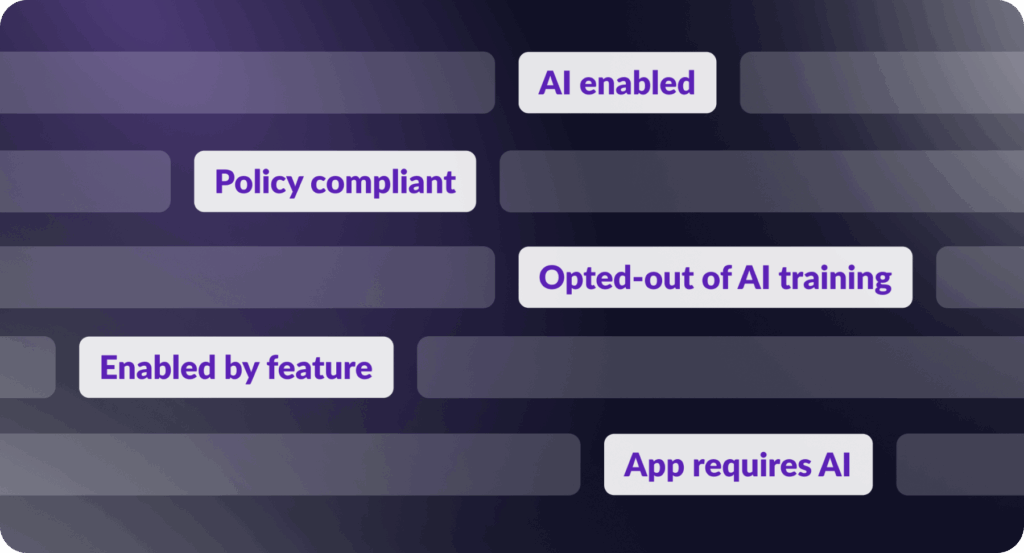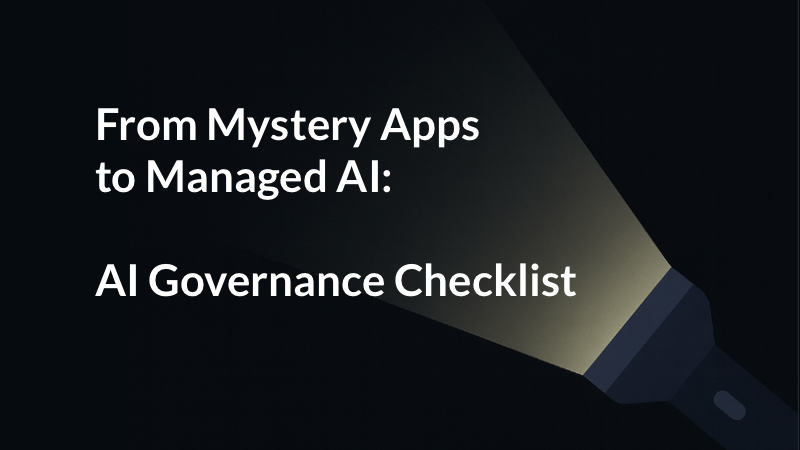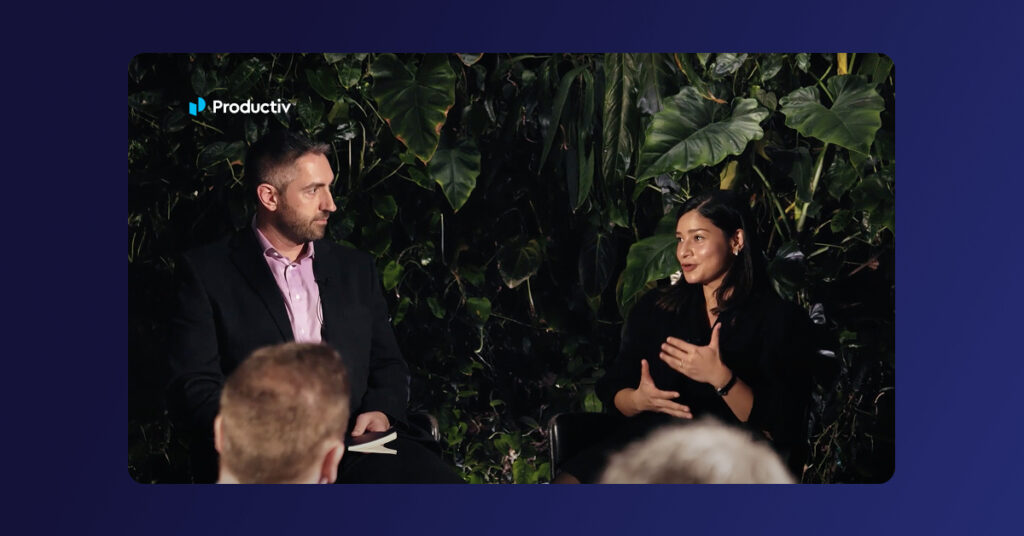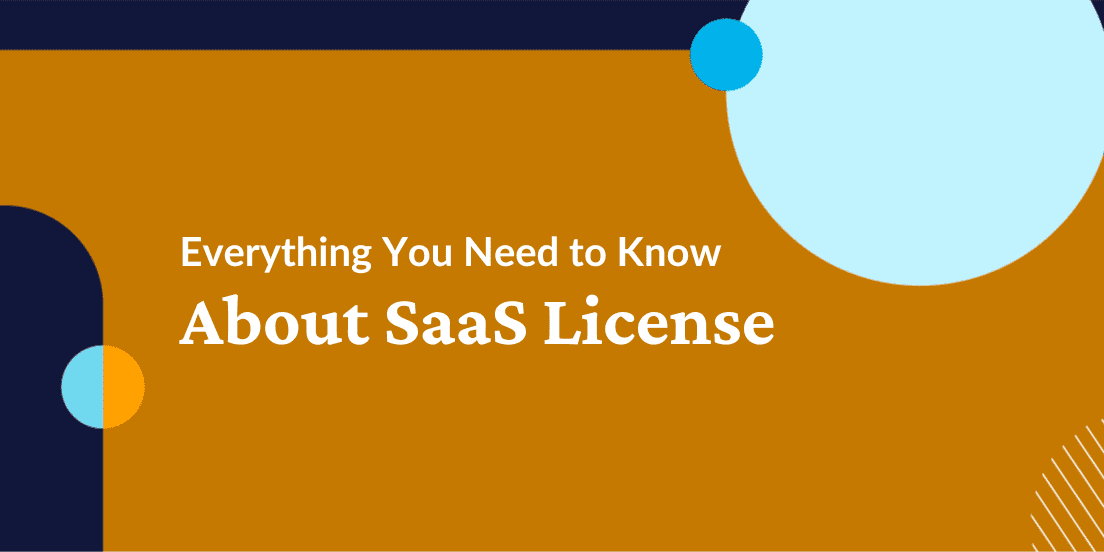
Everything You Need to Know About SaaS Licenses
Software as a Service (SaaS) and SaaS licenses growing in popularity as organizations use apps to continuously improve their operations. This is a boon for organizations shifting away from traditional software licensing. Rather than having to own, manage, and update software manually, SaaS applications are rented to the buyer and managed by the vendor. This makes for a nimble and effective approach to enterprise software.
But with every innovation comes new challenges. CIOs, IT, and Procurement teams are tasked with figuring out how to best manage and optimize SaaS licenses across their organizations.
Let’s explore some of the basics of SaaS licenses, followed by tips for getting the most out of each SaaS app your organization invests in.
What is a SaaS license?
A SaaS license is what allows a user to access a SaaS application. SaaS licenses are typically paid for on a subscription basis as part of contract with a SaaS vendor. This differs from many traditional software licenses which are a one-time purchase. SaaS licenses include terms regarding how long an organization can use the product, the number of authorized users, payment terms, and the vendor’s commitment to customer support and data protection.
What are the benefits of SaaS licenses?
Beyond the lower upfront costs, SaaS licenses are popular among businesses because they offer flexibility and scalability. For example, it’s easy to add users as your business needs change—and procuring the SaaS solution for individual employees or teams is easy since the software is hosted in the cloud. This is especially beneficial for organizations with lots of employees, businesses with remote workforces, or companies who prefer the simplicity of using SaaS applications to get the job done.
SaaS licenses also provide a smooth deployment process. Since SaaS vendors are responsible for maintaining the software, servers, and infrastructure required to deliver the service, IT teams can focus on allocating seats to teams and employees. Similarly, SaaS apps automatically update to the latest version. This is a big time saver for IT departments.
What are the different types of SaaS licenses?
There are different types of SaaS licenses. Each has its own pros and cons. Here are a few to consider when shopping for SaaS applications:
- Per-user licenses: This type of SaaS license charges organizations by the number of users. This model is popular among businesses or teams with a fixed number of users because of its predictable pricing. However, this option can be costly for large businesses or teams with lots of users. It can also be hard to predict the number of licenses needed if there are fluctuations in the size of your staff.
- Per-feature licenses: Another option is to pay for the number of features. This is great for organizations that only need a certain set of features, or who prefer to add or subtract features as necessary. Then again, the cost can be more variable if teams or employees need to unexpectedly add new features.
- Pay-as-you-go licenses: This last SaaS licensing model is popular with organizations that have fluctuating usage patterns. For example, if a company uses the software for a certain number of hours or transactions, it would only pay for that usage. In order to get the most out of this investment, companies need to track their usage closely.
Each of these SaaS license types offers varying pricing models and levels of flexibility. Choosing the right fit depends on your business, your needs, and the SaaS solution itself. What works for one app or one team might not work for another. Organizations should carefully evaluate their options before buying SaaS licenses.
Pricing models for SaaS licenses
There’s a variety of pricing models for SaaS applications. It’s important to take into account which pricing model works for your organization. Here are a few of the most common pricing models for SaaS applications:
- Freemium: Freemium apps provide free usage, but limit the number of users and features. If users would like to upgrade to a more advanced version, they need to pay for a subscription. Tools like Grammarly use a freemium model.
- Flat-rate pricing: Customers are charged the same price per month, no matter the number of users or how often they use the app. Basecamp, for instance, uses flat-rate pricing.
- Usage-based pricing: This pricing model is variable based on how often customers use the SaaS app. Users are typically charged monthly. Snowflake is an example of a usage-based app.
- Feature-based pricing: The more features used, the more the app costs. Quickbooks uses a feature-based model.
- Tiered pricing: Organizations can choose from different pricing levels according to their business size and needs. Each tier may vary in the number of seats, features, or duration of the contract. Zendesk is an example of tiered pricing.
There is no one-size fits all model, especially when your organization is juggling multiple SaaS applications at the same time. Developing strategies for approaching pricing models is crucial to ensuring high ROIs on your SaaS spending.
What’s the best way to manage SaaS licenses?
SaaS license management is essential for optimizing app usage and controlling costs. Without proper SaaS license management, organizations will almost inevitably overspend on apps and waste resources—not to mention the risks associated with violating terms of service.
Effective SaaS license management involves monitoring, tracking, and managing SaaS subscriptions. This ensures organizations are paying for only what they use—and it helps ensure compliance with SaaS licensing terms.
Here are some ways that organizations can manage their SaaS licenses effectively:
- Centralize license management: By maintaining a central repository of all licenses — including information on the type of license, usage limits, and SaaS renewal dates — organizations can more easily identify and manage their SaaS license management.
- Monitor usage: Tracking SaaS usage ensures that organizations aren’t overpaying for software. It can also help organizations identify underutilized licenses, which can then be reallocated to another used or canceled at renewal to reduce costs.
- Be an educated negotiator: Negotiations can help organizations get better deals on their SaaS subscriptions. But in order to negotiate effectively, you need to come to the table with the right insights. These insights could include pricing benchmarks, current license utilization for the app, and feature-level utilization by team.
- Ensure compliance: Compliance monitoring can help organizations identify potential violations before they turn into problems. By taking early corrective action, businesses can mitigate risks that could result in loss of service, financial penalties, or legal action.
- Use a SaaS Management Platform: Manually tracking SaaS license optimization is tough, especially when you consider that the average enterprise business uses hundreds of apps and often employs large distributed workforces. A SaaS Management Platform can help companies gain a complete overview of all their subscriptions and centralize management. This puts CIOs, IT, and Procurement teams back in control of their ecosystems — and ensures better compliance, reduces shadow IT, and simplifies license management.
All in all, SaaS license management is essential for optimizing software usage, controlling costs, and ensuring compliance with licensing terms.

What does a SaaS Management Platform look like?
What to consider when choosing SaaS licenses
There are a few factors to consider when choosing SaaS licenses for your organization. Here are several things to mull over when shopping for SaaS licenses:
- The size of your organization. You need to determine how many licenses you need or expect you will need in the near future.
- Specific needs and requirements. Check if the SaaS app can integrate with your other systems and applications used by your organization.
- Budget and spend. Consider how much you are willing to spend on the licenses. Do the payment terms — including the duration of the license — work for your needs? You should also think about the long-term costs of using the software, such as maintenance and upgrades.
- Required capabilities and features. Security and data privacy should be top of mind when buying a SaaS license. Beyond that, ask yourself if the app can scale with your business needs and if it offers reliable support and customer service.
- Service Level Agreements (SLA). The SLA outlines the expected level of performance. This includes uptime, response time, resolution time, and availability. Make sure the vendor offers reliable support and customer service to fit your needs.
- User experience. Is the SaaS app easy to use? Is it robust enough to meet the expectations of your teams and employees? Dive into customer reviews to help you figure out if this is the right solution for your organization.
By taking all these factors into account, organizations can make better decisions that benefit the company as a whole.
3 ways to improve SaaS license optimization
SaaS license optimization in practice depends on the company. But generally speaking, there are three common tactics to tackling SaaS license optimization:
1. Discover and reclaim unused licenses
This is an easy win for most organizations. By discovering unused licenses, IT teams can better procure sets for teams and employees or find opportunities to reduce spend. This is fairly simple for contracted applications managed by the IT department. But it can be more difficult when trying to track down shadow IT or apps employees or teams purchase on their own.
2. Rightsize licensing tiers
SaaS license optimization isn’t just about reducing the number of licenses. By analyzing employee utilization of individual features for licenses with a tiered licensing structure, you can better allocate the right license tiers to users. Low app usage might signal an opportunity to downgrade employees or teams to a lower licensing tier as opposed to removing the licenses altogether. This can free up those premium licenses for employees that do need access to those expanded capabilities.
3. Reduce app overlap
This next tip requires detailed usage data for each application. This information lets organizations see what apps teams are using that overlap in functionality. For example, a workplace instant messaging app might also offer video conferencing—in which case, the organization might want to cancel its video conferencing app to save money. By finding app overlap, organizations can make better decisions about where to spend their budget.
If your organization can tackle all three of these areas, you’ll be in a good position to optimize your SaaS licenses now and in the future.
How to ensure SaaS license compliance
SaaS licenses are an agreement between the buyer and the vendor. It is up to both parties to adhere to the terms and conditions described in these agreements. SaaS license compliance is important for organizations to avoid financial penalties, legal action, or even the loss of access to critical business applications.
Here are a few quick tips to ensure compliance with SaaS license agreements:
- Understand the licensing terms: You can’t abide by the licensing terms unless you understand what they are. This includes the number of users allowed, the length of the subscription, and any restrictions on usage.
- Track and monitor usage: This is an important step to make sure teams and employees are using the SaaS app within the licensing limits. Keep an eye on the number of users, the amount of data processed, renewal or cancellation dates, and any other usage metrics specified in the agreement.
- Regularly review and update licenses: Business needs change and so should your SaaS licenses. Regularly reviewing licenses helps organizations stay ahead of renewals and empowers businesses to negotiate terms of service.
By following these steps, organizations can ensure compliance with their SaaS licenses, minimize the risk of penalties and legal action, and maximize the value they get from their SaaS subscriptions.
Stay on top of SaaS licenses
SaaS license optimization presents vital opportunities for organizations to investigate their app spend, improve efficiency, and centralize SaaS licenses to simplify app management. Investing in proper SaaS license management tools can help your organization rightsize licenses and drive more ROI for your business.
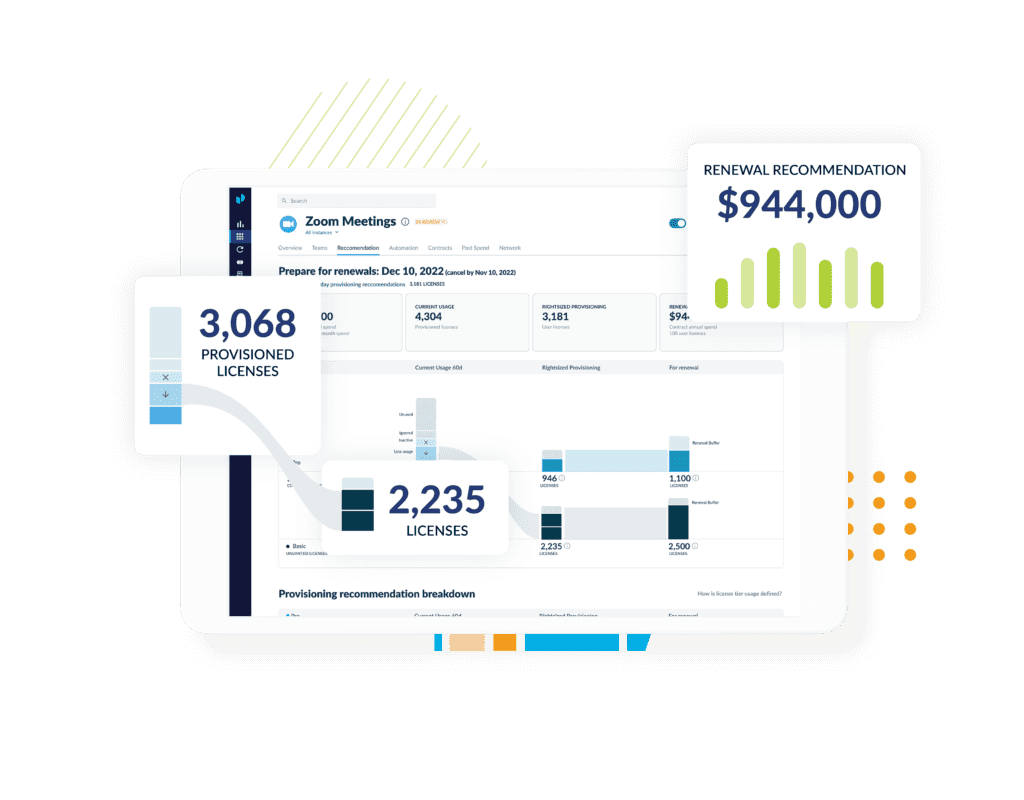
About Productiv, the leader in SaaS Intelligence™
Productiv is the only SaaS Intelligence™ platform for the modern enterprise. More than a SaaS license management solution, Productiv aligns IT, procurement, finance, and business leaders with trusted data to optimize spend and drive operational excellence across SaaS environments.
If your business wants to manage SaaS licenses, app usage, and more with ease — Productiv can make all the difference.

What does a SaaS Management Platform look like?
About Productiv:
Productiv is the IT operating system to manage your entire SaaS and AI ecosystem. It centralizes visibility into your tech stack, so CIOs and IT leaders can confidently set strategy, optimize renewals, and empower employees.

